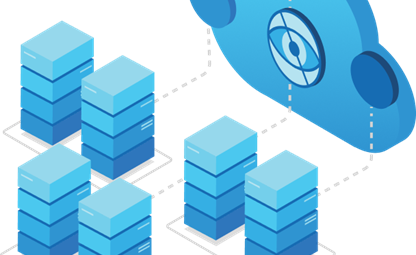10 Apr 2018
The Benefits of Automation via 3D Printing

The 3D printing process is similar in many ways to 2D printing except that it also prints in the third dimension. The printer "head" moves back and forth, laying down layers of a 3D object much like the printing head of the old-fashioned dot matrix printer that prints ink on paper. The 3D printer's "ink" might be a reel of plastic filament, ceramic powder, or even metal powder. Although a great deal of hype surrounds this technology, it has experienced rapid progress and has applications in many industries. New developments in this technology are announced almost daily.
The 3D printer requires raw material and printing instructions about the desired end product. The instructions are in an output file from a CAD (computer aided design) program. With these two inputs, the printer can automatically manufacture almost any 3D shape, including objects with moving parts. Complicated objects are no more difficult to make than simple ones. Human operators of the machine can be readily replaced with a robotic arm.
It's clear that 3D printing eliminates the need for machinists and other human fabricators as well as their supervisors. However, the technology's impact on business operations extends beyond the fabrication process in a number of ways:
Improves Product Performance
The engineer's job isn't limited to creating functional designs. She must also pay attention to the design's manufacturability. If a product can't be fabricated with existing manufacturing techniques, then the design has no worth to the company. This manufacturability requirement often gets in the way of realizing an optimal design.
Manufacturability issues may require a compromised design. The product may be heavier or less compact than is optimal, or perhaps is compromised in its ability to withstand heat or pressure. Because 3D printing has far fewer manufacturability issues than standard fabrication techniques, the engineer is free to focus on superior product performance.
Reduces Engineering Design Time
With manufacturability issues out of the way, the designer's job is often simpler and less time intensive. There are no time-consuming back-and-forth interactions with fabricators. Once the design is optimized with the help of the CAD software, it can be sent to the 3D printer for fabrication.
Easily Produces Highly Customized Products
A 3D printer simply follows a set of instructions. This means it isn't limited to mass producing a single product. It can make 50 different types of products just as easily as 50 copies of a single product. This contrasts with standard mass production techniques that require retooling whenever a change is made. Retooling is both labor and time intensive.
Consumes Less Raw Materials
Traditional manufacturing methods are typically subtractive operations in which an object is produced by cutting away material from a bar, plate, or block of material. This produces a great deal of waste. 3D printing is an additive process in which an object is built up in layers. This produces no waste and, therefore, requires less raw materials. Money can be saved on smaller raw material inventories (and less warehousing space) as well as the lack of waste disposal expenses.
For questions, comments, or information about improving your operations with automation technology, please contact our team today.

